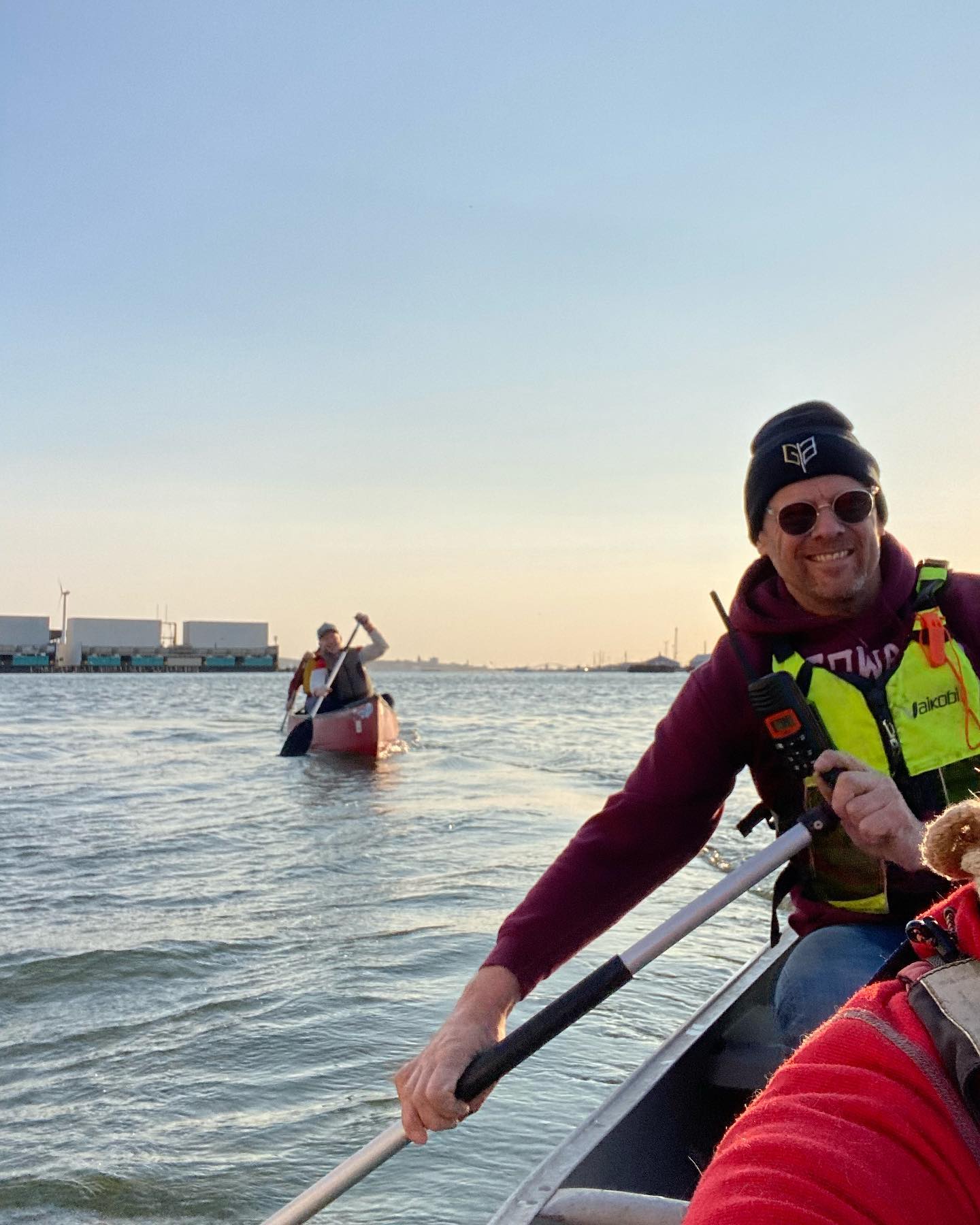City of Water Day: Special Highlights
Interview with Gary Francis, Captain of Gowanus Dredgers

Captain Gary Francis. Photo courtesy of Gowanus Dredgers via Facebook

EAGLE: Can you talk a bit about the pollution in the Gowanus Canal?
FRANCIS: So there are two types of pollution in the canal, there’s the historic pollution from the late 1800s: industry, heavy metals, coal tar, etc. That is the tough part of our cleanup and is under the EPA’s jurisdiction. They have the authority to act on that. The other pollution that happens on a regular basis, the continuing pollution, is the Combined Sewer Overflow (CSO), so that’s like last night, after a thunderstorm. There was a lot of rain in a short period of time. It flooded the sewer system, which means it overflows into the nearest waterway, which is the Gowanus Canal, for our neighborhood.